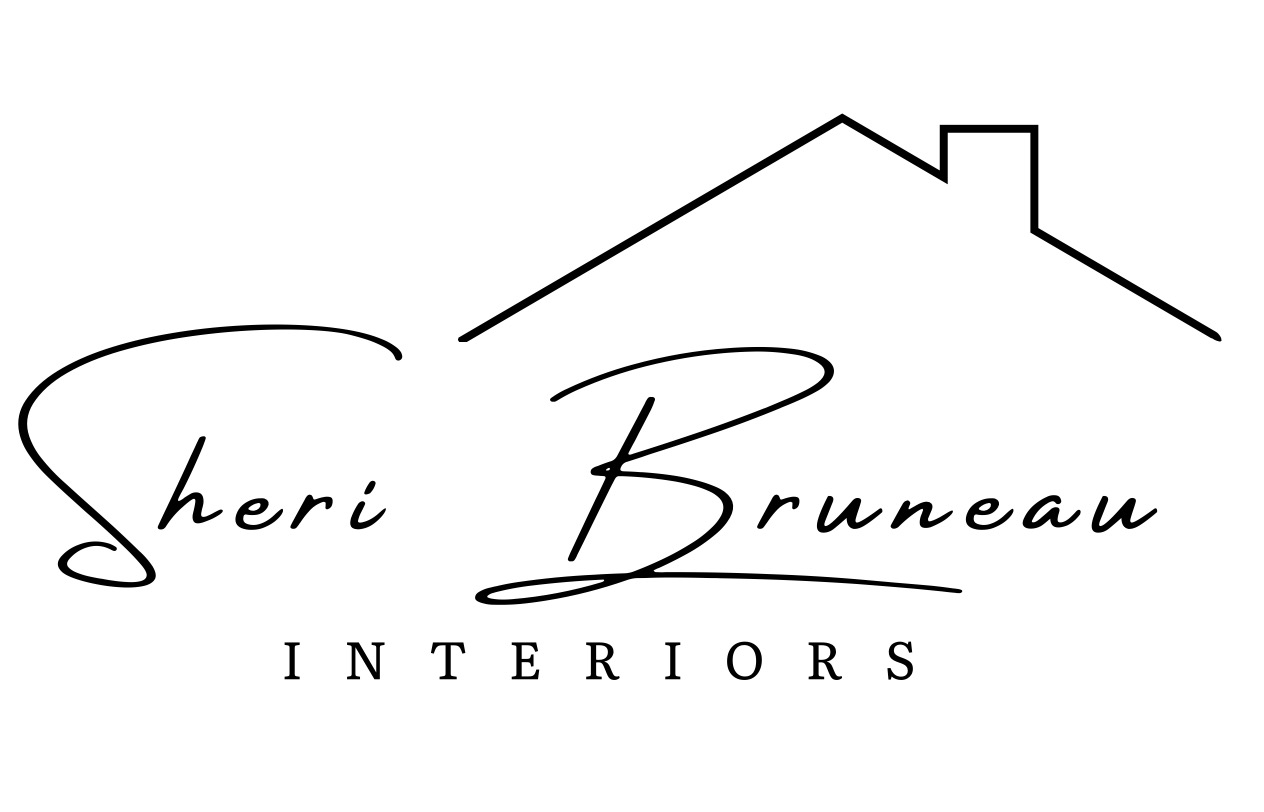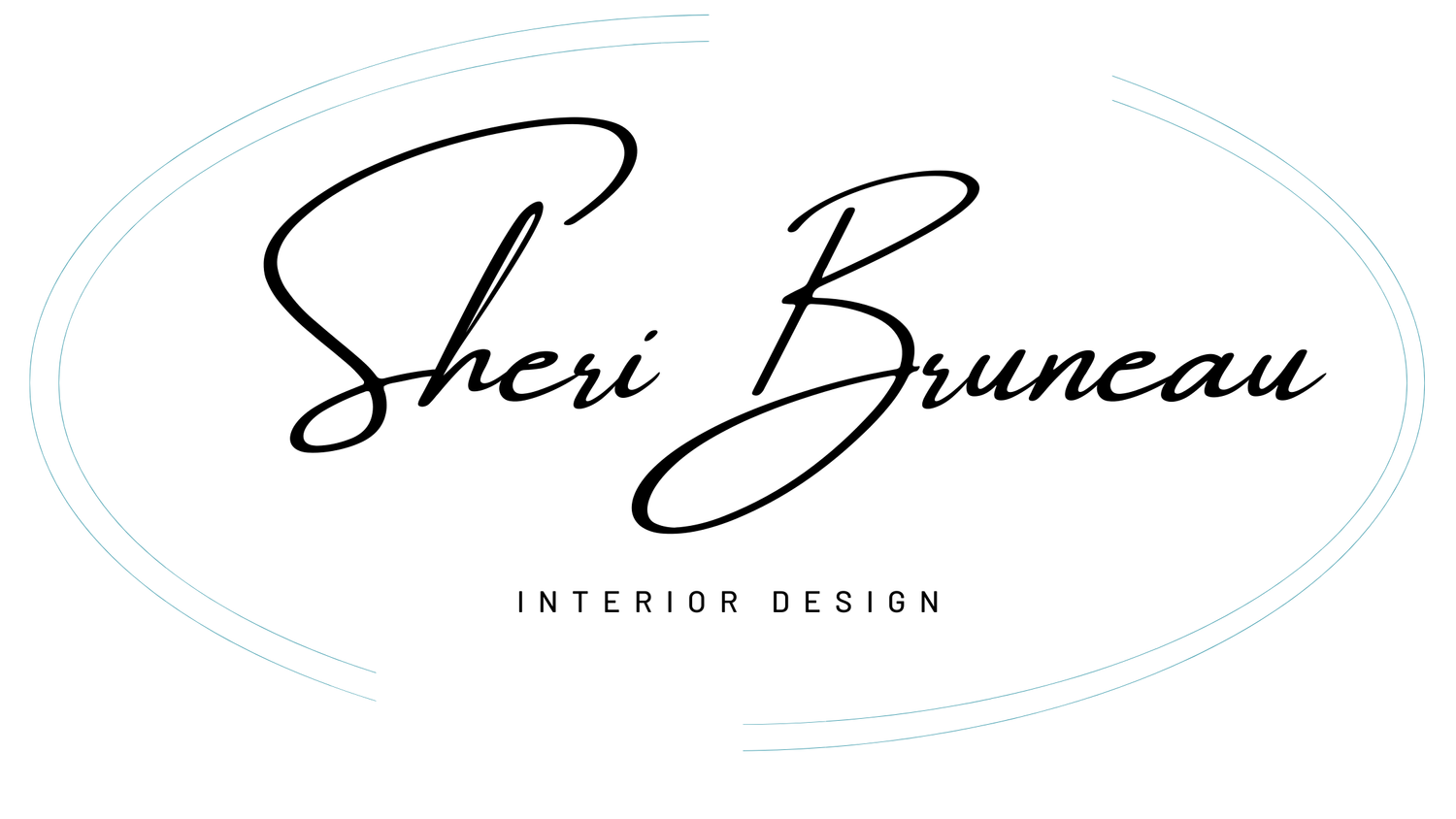Designing a Kitchen: How do I ensure function first?
When I work with clients to start designing a kitchen for them, there are many questions that are asked to get to know more about their existing space.

What I typically like to do is a walkthrough through the entire main floor or the level where the kitchen is located. Sometimes, we will also tour the second story and/or basement. This little tour gives me a sense of the layout that we are going to be dealing with. It also gives my client time to explain what the rooms are used for and it gives me time to ask a myriad of questions.
- How does your family currently use this room?
- When do you typically find yourself using this room?
- Is there anything you really love about this room?
- Is there anything you would change?
Questions like the above get the conversation going and get my clients really sharing their thoughts on their home and current situation.
For this project, here is what the layout of the main floor currently looks like.

Designing a Kitchen
Getting the full story
After touring the main floor, there were some key features that my client was looking for:
- No formal dining room
- A much larger kitchen
- More storage for food
- A gas stove
- A canopy hood fan
- A counter depth refrigerator
- An island with seating
Here is what part of their space currently looks like:

Providing Options
I'm a huge fan of providing options for my clients. I believe it is my job to think outside the box, possibly take a few risks, and present functional designs (I typically create two options) that check of all of the wishes. While doing this, I also always keep in mind the investment my clients are willing to make. There is no point in creating a wonderful plan if it is going to be nowhere near the investment my clients are willing to make.
Option 1

For the first design, I created it using the least amount of tear out and tear down. With this particular home, we will need to have asbestos abatement done and I know how that can add to the overall budget. Some key features for this plan:
- Move the entire kitchen into the existing dining room.
- Delete one side window to accommodate for a wall of cabinets.
- Re-size one existing window (keep the width but shorten the height) to allow for base cabinets to be on the wall.
- Provide and island with seating.

Option 2

For this design I deleted two windows (which I normally don't do) to make room for as many cabinets as I could fit in. This kitchen checks off all of the same boxes as the one above. This plan also provides very set 'zones' (as you will see in the image below).

By having the fridge and pantry on the right hand side, it 'chunks' up the counter space and creates set 'zones'. This plan does allow for the cooktop to be the 'feature' as you would be able to see that from the front foyer (a client request).
Working Towards the Final Plan
After reviewing these plans and going over the pros and cons for each, we started to work towards a 'final plan'. While technically it won't be the final plan until a lot more work is done, this 'final plan' gives my clients an idea of what they are hoping to achieve. This plan will also give my trades a recipe to follow when they come for the Trade Day.

After looking at the two options, my clients knew they wanted the following:
- two tall pantries instead of one.
- the removal of both existing dining room windows to make way for a new kitchen location.
- the wall that separates the living room and kitchen to be made as small as possible. We know there are a lot of things running through this wall and to save on the budget, it will not be fully removed . In addition, my clients wish to have these two spaces not open to each other.

We did have a good chuckle when I showed the rendering (as we may have called it the 'money shot'). After physically moving the dining room table and pretending to be at the new location of the fridge, my clients believe that this plan hits all of the checkboxes for their new, functional kitchen.
Kitchen Design Plan - What's Next?
I've sent an entire package of all of the plans I designed, including this kitchen design plan, to my clients to digest. I never want to have my clients feel rushed or pushed into anything. They are going to go over the conceptual designs and offer up any other changes or suggestions.
Once we have a 'final plan', we will then book a trade day to get quotes from the trades. This will give us our labour budget and let us know what we have to use for our 'pretty budget'.
In addition, this kitchen is far from being completely designed. My clients and I will go through each cabinet to ensure drawers are chosen where they need to be, and each interior has what it needs to have to be organized for my clients.
I look forward to taking this paper dream to a reality as we will be managing this project and construction is going to start in early fall. I hope you'll join me for this journey!

Thinking of renovating a kitchen and need to decide on lighting? This guide is for you!



